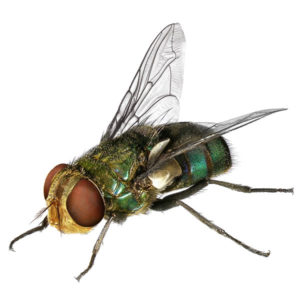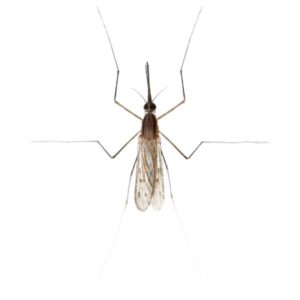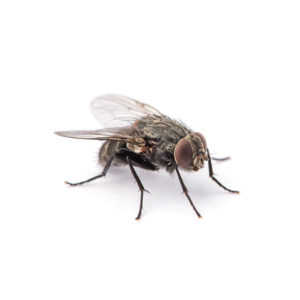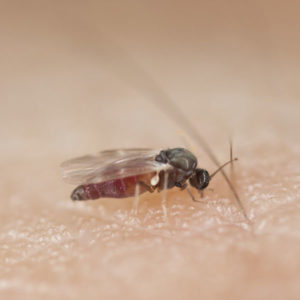No-See-Ums in North Jersey
No-see-ums and biting midges are a nuisance and especially common in coastal regions and agricultural areas. They prefer to bite warm-blooded vertebrates and are often mistaken for black flies due to the similarity of their bites. Similar to mosquitoes, female midges bite. Males do not. A blood meal is required for female midges to produce eggs. Biting midges prey on a variety of mammals, birds, reptiles, and amphibians.
No-See-Um Habitat
There are many different species of biting midges and no-see-ums. Their habitat can vary slightly depending on the species. Coastal salt marshes, mud-covered flatlands, freshwater areas, and damp tree holes are some of their ideal habitats. Breeding typically takes place in densely shaded areas and they’re drawn to decaying leaves that are shielded from direct sunlight. When it comes to laying eggs, no-see-ums prefer damp organic matter like the mud around a settling pond, decomposing leaf matter, manure, and other types of vegetation.
No-See-Um Behaviors, Threats, or Dangers
Although no-see-ums can be incredibly bothersome, they fortunately do not transmit diseases to humans in the United States. Individuals will often notice the bite right away but not be able to identify the source. Bites can result in welts and severe itching. While they don’t spread diseases to humans, biting midges can spread diseases to animals, making them a greater threat to non-humans than humans. In North America, biting midges have been known to spread the bluetongue virus, causing serious illnesses in sheep and cattle. If you’re dealing with no-see-ums or midges, get in touch with your local New Jersey fly exterminators.





